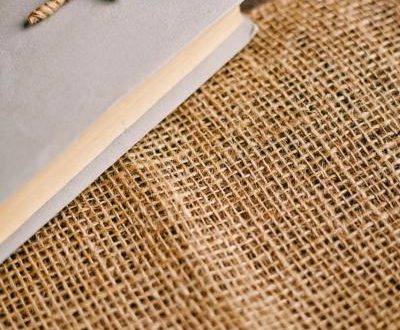Jordan: The Other Holy Land
When people think about where God has set His redemption story, they usually think of Israel, as they should. But God also revealed Himself with relative frequency in a less-explored part of the Holy Land—Jordan.
In the ancient church, mentors often encouraged believers to visit the places where redemption’s drama unfolded at least once in their lives. Seeing such sites, located as they are in time and space, added to the eyes of faith.
I love about Jordan that many of the biblical sites do not have shrines built on them. That makes it easier to imagine these places in Moses’s day or in Jesus’s time. So add Jordan to your bucket list. And make sure you see these sites:
Add "watching a sunset on the Dead Sea" to your bucket list.
The King’s Highway. Travelling along the 5,000-year-old King’s Highway, visitors see the route Abraham probably took on his journey from Ur. Centuries later Moses asked the King of Edom for passage along this flat plain (request denied), which serves as the world’s oldest continuously used communication route (see Num. 20).
Zoar. Near another thoroughfare—the Dead Sea Highway—visitors pass where Lot and his daughters fled during the destruction of Sodom and Gomorrah. Be sure to take a half day to float on the Dead Sea (“Salt Sea” in the Bible).
Mount Nebo. After the exodus, Moses stood on Mount Nebo and caught his first glimpse of the Promised Land. From the summit of this promontory pilgrims can gaze as he did across the Jordan Valley, the Dead Sea, Jericho, and as far away as Bethlehem and Jerusalem.
Petra. Jordan’s most-visited site is the rose-red city of Petra. While Jordan abounds in archaeological treasures, few places can beat a city carved completely from rock. Its canyons still echo with the voice of Obadiah condemning the Edomites for their arrogance.
Amman. The Bible refers to Jordan’s capital city, Amman, and its surrounding areas as “Ammon” or “Rabbah of the Ammonites.” Here the guilty King David had Uriah the Hittite sent to his death (2 Sam. 11).
Um Qais. Um Qais (ancient “Gadara”) is where the Lord performed the miracle of the Gadarene demon-possessed man (Matt. 8:28–32). On good-weather days visitors can gaze into Syria, Israel, and the Sea of Galilee—also referred to as Tiberias or the Sea of Tiberias (John 6 and 21).
Jerash. Travelers find the best-preserved remains from Roman times in the Decapolis city of Jerash. Nicknamed the “Asian Pompeii,” Jerash contains striking monuments, evidence of a once-powerful Roman Empire. The Decapolis, mentioned in Matt 4:25, Mark 5:20 and Mark 7:31, was a group of ten cities on the eastern frontier of the Roman Empire in Jordan, Israel, and Syria.
Bethany beyond the Jordan. About thirty minutes outside of Amman lies what is sometimes called the birthplace of Christianity—Bethany beyond the Jordan. (I have written about it here in the past.) This is my favorite place in Jordan because of its rich layering of biblical history. Here the children of Israel crossed into the Promised Land to see walls crumble at Jericho. According to tradition, Elijah lived here and ascended to heaven in a whirlwind on a chariot of fire (2 Kings 2). And following in Elijah’s footsteps, centuries later John the Baptist preached and baptized many here (John 1:28), including Jesus. That event marked the first recorded manifestation of the Trinity (Mark 1:9–12). Our Lord later taught at Bethany beyond the Jordan as well (John 10:40). Rustom Mkhjian, who serves as the site’s assistant commission director, asks, “Why was Jesus baptized at the lowest point on earth?” With a raised eyebrow, he offers a hint at the answer. “Maybe the same reason He was born in a cave?”
Mukawir. Otherwise known as Machaerus, Herod’s hilltop fortress is where Salome performed her fateful dance and where John the Baptist was imprisoned and beheaded. Beneath the mountain are caves, one of which doubtless housed John as he awaited his fate.
I hope you will make seeing this part of the Holy Land a priority. Because once you’ve looked across the Dead Seat at Bethlehem’s twinkling lights, you will marvel anew at how God chose to reveal Himself in that little town through a babe in a manger. And once you’ve seen the baptismal site and the wilderness where our Lord fasted for forty days, you can more fully appreciate that He left heaven’s glory to appear in the depths of the earth.



